The jet’s apparent (but not actual) superluminal velocity provide new constraints on the merger and its aftermath.



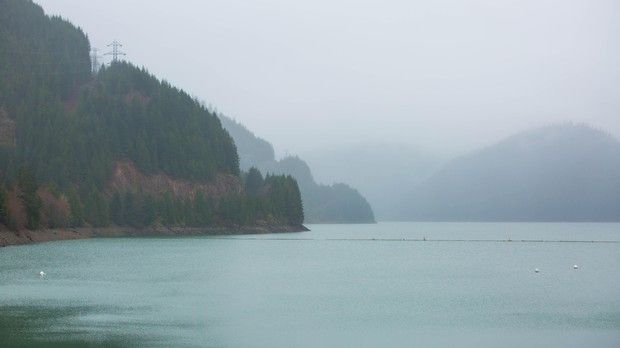

SpaceX’s CEO shrugs off 20 years of NASA research.
SORRY, ELON. To be ready for human occupants, Elon Musk has long called Mars a “fixer-upper of a planet.” But according to a new NASA-sponsored study, a better description might be a “tear-down.” The scientists behind that project say it’s simply not possible to terraform Mars — that is, change its environment so that humans can live there without life support systems — using today’s technology.
BUILDING AN ATMOSPHERE. Mars has a super thin atmosphere; a human unprotected on the surface of Mars would quickly die, mostly because there’s not enough atmospheric pressure to prevent all your organs from rupturing out of your body (if you survived a little longer, you could also suffocate from lack of oxygen, freeze from low temperatures, or get fried from too much ultraviolet radiation).
This study, published Monday in the journal Nature Astronomy, considers how difficult it would be to increase the atmospheric pressure on the Red Planet enough so that humans can walk on Mars’s surface without a pressurized suit and, ideally, without a breathing apparatus.
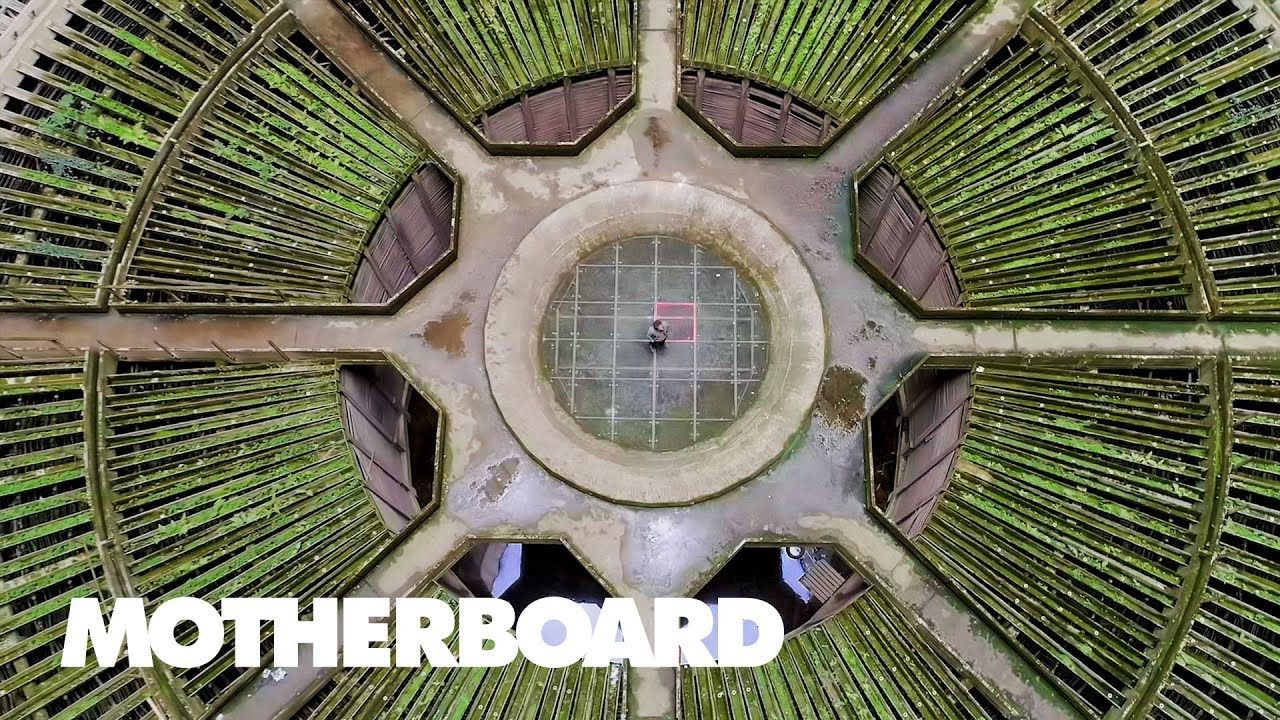
In the over two-decades-long search for dark matter, scientists so far have come up short. In recent years though, construction of new experiments and upgrades to already existing detectors are giving new hope that we’re closer than ever to understanding dark matter.
One of those new efforts is SABRE, an international collaboration that will house multiple detectors working in tandem in the southern and northern hemispheres: two at Italy’s Gran Sasso National Laboratory, and another at an underground lab in an Australian gold mine.
In episode two of The Most Unknown, Motherboard travels to Gran Sasso National Laboratory with physicist Davide D’Angelo and geomicrobiologist Jennifer Macalady to get an early look at SABRE’s latest phase of development.
Read more about The Most Unknown here: https://vice.video/2CQcMZw
Follow MOTHERBOARD
Facebook: http://www.facebook.com/motherboardtv
Twitter: http://twitter.com/motherboard
Tumblr: http://motherboardtv.tumblr.com/
Instagram: http://instagram.com/motherboardvice
More videos from the VICE network: https://www.fb.com/vicevideo
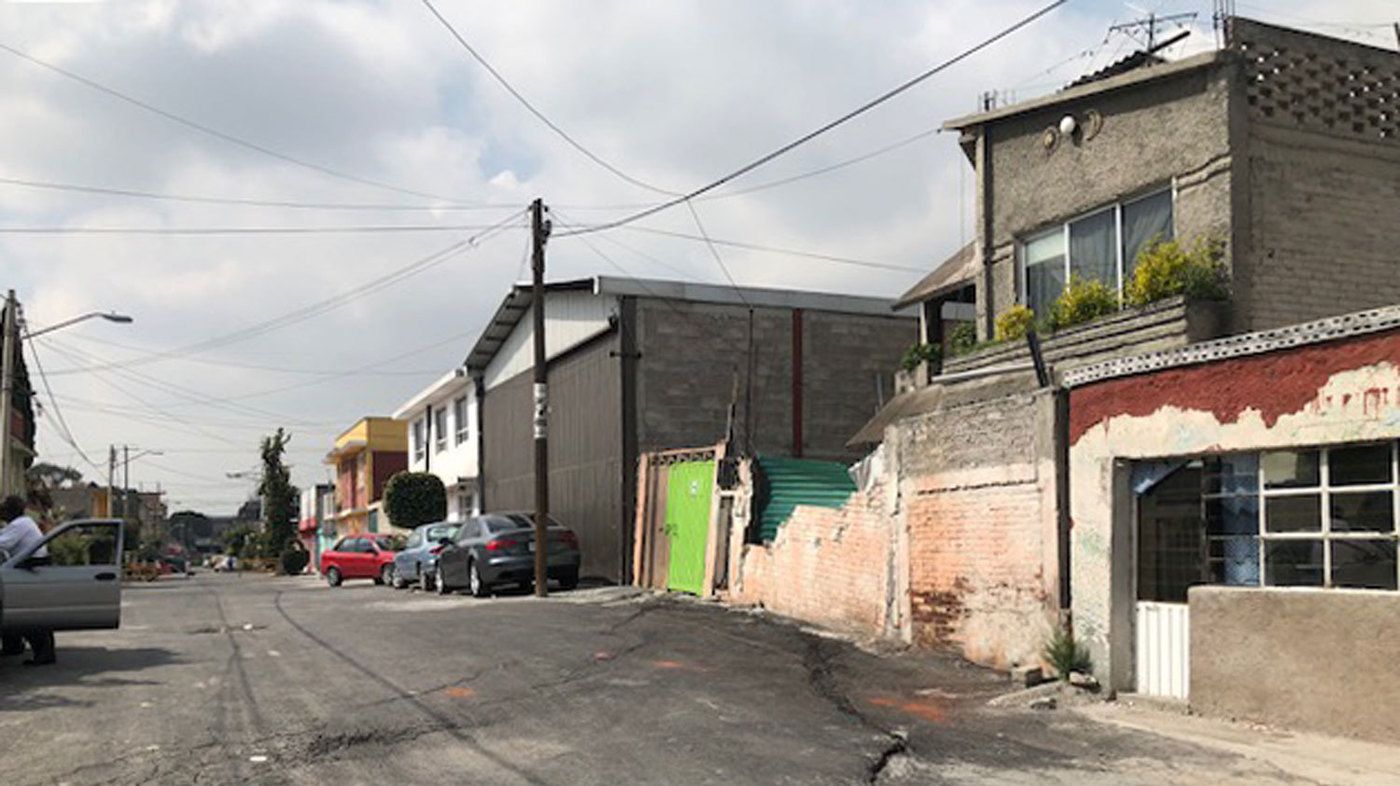
The ancient Aztecs first picked the spot. They built their city atop the huge lakes that filled this valley, leaving the natural freshwater supply intact around them. The city flooded back then too, but the Aztecs, probably the last civilization to properly manage this watershed, built a system of dikes to control the problem.
The “historic mistake” kicked in around the 1600s, when Hernándo Cortés and his band of conquerors arrived. To make room for their expanding empire, over a few hundred years, they slowly but surely drained all the valley’s lakes.
By the 20th century, long after Mexico’s independence from Spain, the fresh surface water was mostly gone and the hunt for new sources had taken over. Hundreds of miles of pipes now bring in about 30 percent of the city’s water needs from faraway rivers and lakes. The rest comes from the valley’s vast underground aquifer.

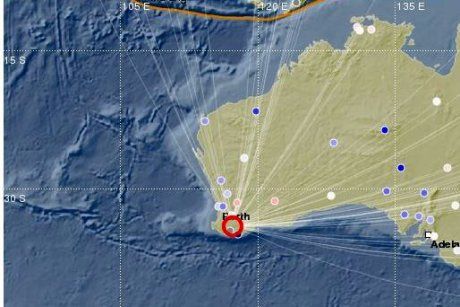

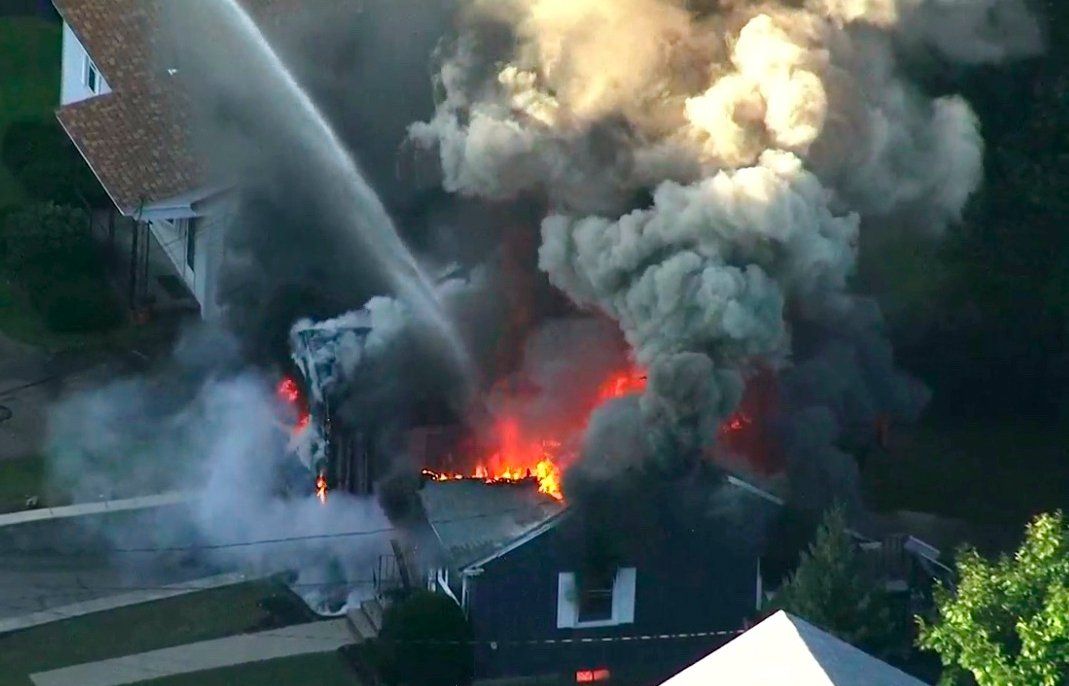
The sheer scale of a series of gas explosions which ripped through three Boston neighbourhoods and killed a teenager became apparent on Friday as it emerged 8,000 people had been evacuated.
Some 70 separate fires, blasts and gas odours were reported during the incident, in which 18-year-old Leonel Rondon was killed by a falling chimney.